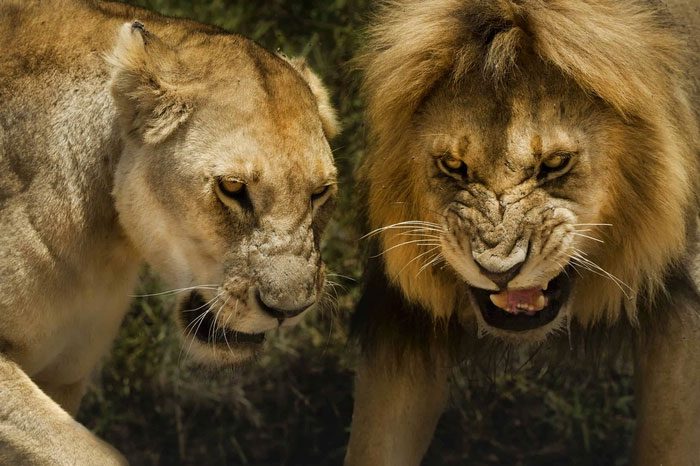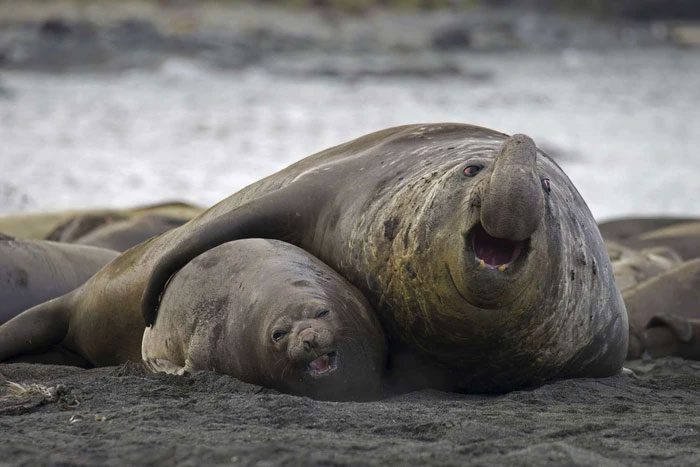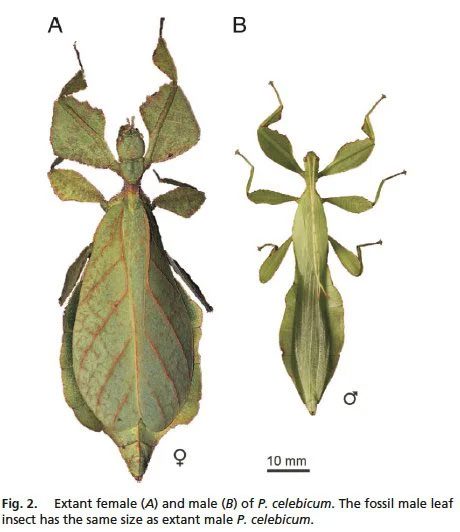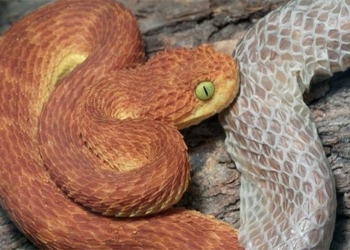Mammals and insects are the two most abundant and diverse groups of animals on Earth. Although there are significant biological differences between these two groups, both adhere to the evolutionary laws of the biological world.
One of the most striking differences is the size dimorphism between males and females. In most mammal species, males are larger than females, whereas in insects, the opposite is true. This sexual dimorphism, which manifests differently across various species, has sparked interest and curiosity among biologists.
Why Are Males Larger Than Females in Most Mammals?
One reason why most male mammals are larger than females is that they require more food to support their larger body size, defend territory, and compete with other males. Males are often more active than females; for example, male lions need to run faster to protect their pride from invading male lions.
Additionally, males need to expend more energy to produce and maintain reproductive capabilities. Consequently, they require more food to meet their body’s nutritional needs.

Sexual dimorphism simply means there are morphological differences between males and females beyond their reproductive organs. These characteristics may include body size, color, weight, body shape, certain appendages, and even behavioral differences.
In mammals, intense competition often occurs among males. For example, male gorillas compete for resources and females within their territory, while male seals compete for females in breeding areas…
In this competition, larger males tend to have greater strength and are often more aggressive, allowing them to compete more effectively for resources and mates. As a result, larger males have a competitive advantage, and this advantage is gradually preserved, leading to size differences between males and females.
Furthermore, biologists believe that male mammals are more prone to physical mutations than females, which also contributes to larger male sizes. These opportunities may arise through gene mutations or other genetic variations.
If this size change helps males compete more effectively for resources and mates, then the mutated genes will be preserved and passed on to the next generation.
In many mammal species, females also tend to prefer larger males. This preference increases the survival success of the next generation. Therefore, this preference may also promote the prevalence of larger males in the population.
This explains why males of most mammal species are larger than females. Of course, in some special species, this size difference may not be apparent.

Females also tend to prefer larger males.
Why Are Male Insects Smaller Than Females?
In most insect species, females are larger than males. During the reproductive process of insects, males only need to provide genetic material, while females expend much energy to produce offspring, including finding nests, gathering food, and incubating eggs…
Therefore, male insects do not need to increase in size to support behavioral needs like male mammals do. Instead, they can reduce their size and allocate energy to developing reproductive resources.
Additionally, insects typically search for mates and food by flying, and the smaller size of males is advantageous for maneuvering freely among branches and grass.
Wolf Blanckenhorn from the Zoological Museum at the University of Zurich told LiveScience: “While females in insect species develop to a larger size, males are allocating their energy and resources to developing larger and much more complex reproductive organs than those of females – and relative to their overall body size, these organs are also significantly larger than in mammals.”

For most insects, there is a significant size difference between males and females. Generally, females are much larger than males. This is particularly evident when you see a male and female side by side.
In general, males are larger than females in most mammal species, while in insects, the opposite is true. This sexual dimorphism varies among different species due to biological evolution and adaptive evolution.
Male mammals need to increase their body size to support physiological and behavioral needs, as well as gain advantages in competition and reproduction, while the lifestyle and feeding habits of insects dictate that they can reduce body size and invest energy and resources into superior reproduction.
These biological differences make the size discrepancies between mammals and insects very significant, providing rich research material and evolutionary cases, as well as offering new perspectives and ideas for biological research and biodiversity conservation.




















































